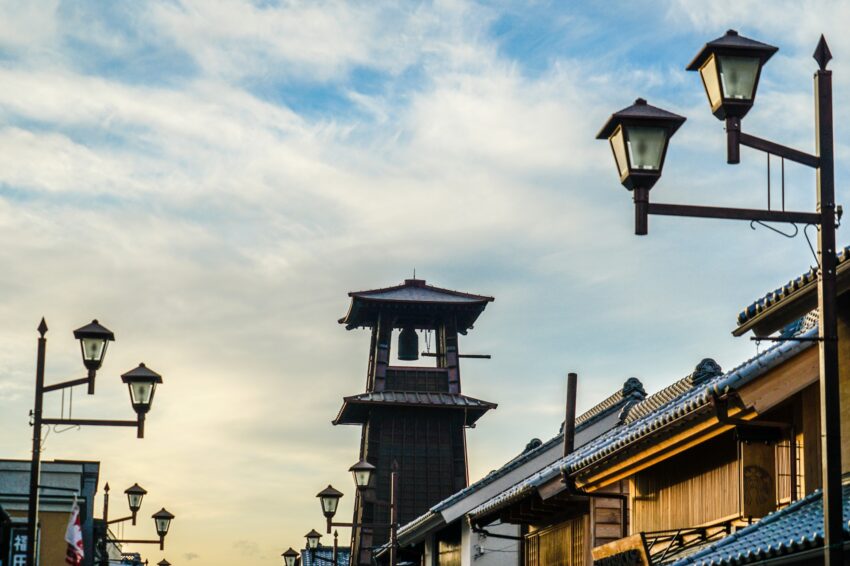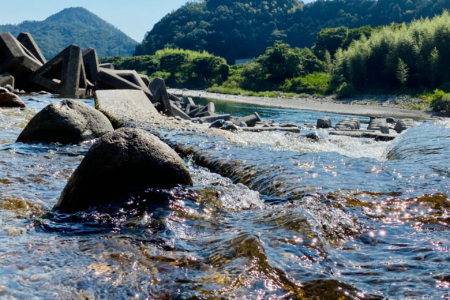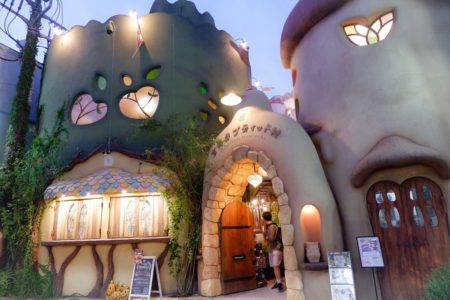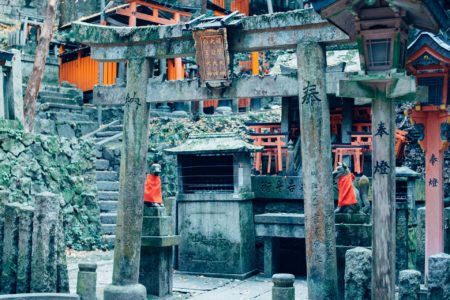A Daytrip Back in Time to Kawagoe

CONTENTS
Top photo: makoto.hさん on PhotoAC
Just about 40 minutes from Tokyo, Kawagoe City in Saitama Prefecture makes for an incredible day trip for travelers. For those living in nearby areas such as Tsurugashima, Ogawa, Kawajima or Higashimatsuyama, it’s a great place to take family, friends or just yourself on the weekend.
Passing through this small city is like taking a leisurely stroll through the set of a samurai movie. Kawagoe has earned the title “Little Edo” for having managed to preserve both the cultural and architectural features of the old Edo Period (1603-1868). Edo was the old name of the country’s capital until it was renamed Tokyo by Emperor Meiji when he moved the capital from Kyoto in 1868.
The best seasons to visit are the spring or fall for the more temperate weather and the beauty of the cherry blossoms or falling leaves. Make sure to grab a copy of the Kawagoe Tourism map from the Tourism Information Counter at either of the city’s major train stations. I also highly recommend buying the Kawagoe discount pass which saves you money and time. You can buy it Tobu Tojo Centre in Ikebukuro station or at Kawagoe station.
Here are just a few of the standout sights (and tastes!) of Kawagoe:
Kurazukuri-no-Machinami (Old Warehouse District)
Long ago, the Kurazukuri, or clay-walled warehouses, were used to hold rice and other supplies back when Kawagoe was a commerce center. These days, the warehouses have been converted into souvenir shops, restaurants and cafes, but the traditional architecture remains. Take your time to wander around, browse the items for sale or stop for a refreshing drink.
This area is perhaps the main point of interest in Kawagoe. You could spend a couple hours here depending on how thoroughly you explore the area. You can even get a lift in a jinrikisha (pulled rickshaw) allowing you to cover more ground. For ¥6,000, you can get a 1-hour tour all around “Little Edo”. Or, if you’re looking for something more leisurely, you can even get dressed up in kimono and other traditional clothing to “step back in time” yourself!
Toki-No-Kane (Bell of Time Tower) and Yakushi Shrine
Within the Old Warehouse District there is a 16-meter tall bell tower that has become the symbol of Kawagoe itself. Long ago the bell was rung every hour to mark the time. Now, it still sounds four times a day. There’s a particularly nice sweets café called Fukuroya which sells bell-shaped rice cakes embossed with an image of the tower itself.
Next to the bell tower is the Yakushi Shrine. People still come here to pray for good harvests, financial luck and and recovery from various illnesses. If you want to offer a prayer, first cleanse your hands and mouth at the chouzubachi (water basin) nearby. It is an essential part of the prayer ritual. Ring the bell once, drop a coin in the saisenbako (wooden box), bow your head twice, and clap your hands twice followed by another bow. This is standard procedure at Shinto shrines, so if you’re well-traveled around Japan you should be used to it.
Mochi Balls & Sweet Potatoes
Imonokura is a local well-known sweets shop that sells mochi balls skewered on bamboo sticks dipped in a sweet soy syrup. Extremely popular, long lines often form outside the shop. The sweet potato onigiri and sweet potato ice cream sold in the area are also popular.
Easy to cultivate, sweet potates became a staple in Japanese cuisine and Kawagoe was known as the biggest source of food after the war. These days, Kawagoe remains famous for its sweet potatoes, so much so that sweet potato tours are conducted during the harvest season (mid-September to early November). If you’re going to take a trip to Kawagoe, a must-try item is the osatsu chips, a specialty of Koedo Osatsu-an, located neat Toki-No-Kane. Large fried slices of sweet potato, they are very crispy and can be enjoyed with sauces such as salted butter.
Kashiya Yokocho (Penny Candy Lane)
Several shops sell traditional Japanese sweets at the northern end of the Old Warehouse District. For tourists, it is the perfect spot to try various Japanese confectionaries. One of the most fun things to do in Kawagoe is to “eat your way” around the areal sampling various candies and sweets.
Kawagoe Hikawa Shrine
Kawagoe’s Hikawa Shrine is famous for its bright orange torii (traditional archway or gate) which stands at 15 meters tall. It’s also famous for its shrine houses, where five Shinto deities dwell. Two of them are said to be a married couple, making the shrine popular among those who seek life partners and a harmonious married life.
At the back of the shrine are two huge zelkova trees that are said to be the personification of the married couple. During summer there’s a festival known as Enmusubi Furin. Furin are wind chimes, often associated as a sound of summer in Japan. You can see many hung up all around the shrine during this time.
Kawagoe Castle Ruins (Honmaru Goten)
Kawagoe Castle is often considered one of the 100 best castles of Japan and among the seven best castles of the Kanto Region. Built in 1457, the Honmaru Goten or the innermost defense building, is the only remaining structure of the original Kawagoe Castle. It is the closest castle to Tokyo to be accessible to visitors, as Edo castle is now the Imperial palace, and largely inaccessible.
Kitain Temple
Kitain Temple is a Buddhist temple with a very long history, and notable for being part of the original Edo Castle. Aside from the various buildings on the temple grounds, one of the most popular features of the temple is the 500 Rakan statues. Created by the monk-artist Shoun Genkei, their facial expressions are all unique.
In the fall, you can see vibrant leaves changing colors, or the beautiful cherry blossoms in spring. The main area is open to public, but if you want to explore further, know in advance that you will need to pay a small fee.
That’s a wrap for this short travel guide to Kawagoe! You’ll be impressed with the well-kept architecture and commitment to aesthetic that runs throughout the city. There is even a Starbucks with the unique, traditional architecture of the area that allows it to blend in with its surroundings. If you’re looking for a blast from the past in the present day, you can’t go wrong with a daytrip back in time to Kawagoe!
Photo Credits:
Top photo: makoto.hさん on PhotoAC
Previously-used photo courtesy of Shamosan on pixabay.com
All other content (text) created by the original author and © 2021 MUSUBI by Borderlink
RELATED
-

At a Glance: Cooling Down at Itadori River Park
Top photo: Joseph Cerezo (original author), used with permission Itadori River Park is not a well-known touris… -

Bucket List Must-Haves: Tokyo’s Ghibli-Inspired Cat Village
Top photo: Zygel Doll Jamelano, used with permission “It is probably one of the most underrated places you can… -

Let’s Enjoy Temple and Shrines
Top photo: xegxef on Pixabay Japan has sometimes been called the “the land of gods”. Indeed, the Shinto faith …
PEOPLE

Sayeed Huq
Now residing in Japan
Has happily lived and taught here for many years!


